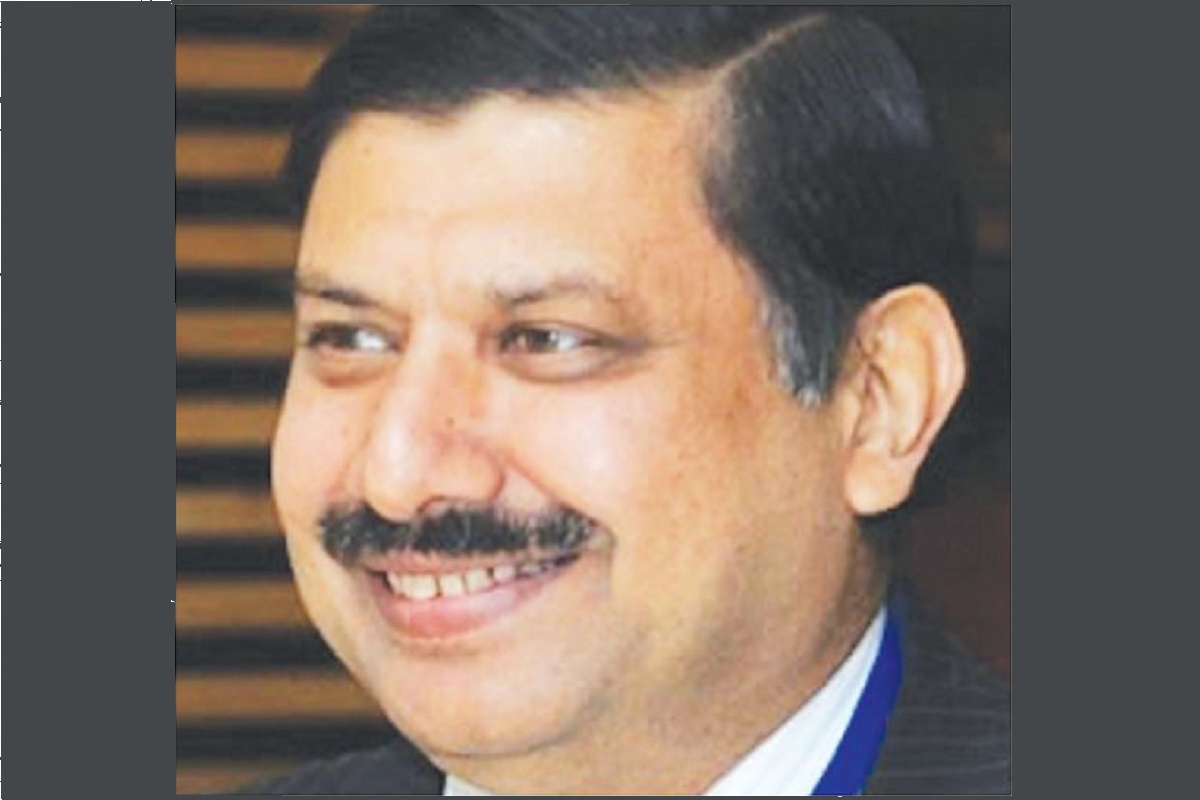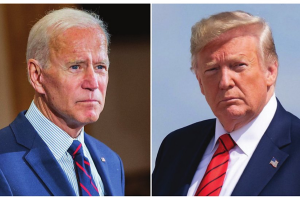On 4 April, the UN ESCAP (Economic and Social Commission for Asia and the Pacific) released its annual report, Survey 2019: Ambitions Beyond Growth, which said that despite rapid economic growth across the world, too many people were left behind, without a fair chance in life. Dr Nagesh Kumar, Director and Head of UN ESCAP South and South-West Asia in New Delhi, presenting the report, said there was need to give up the obsession for growth, and rethink the development process. In India, growth had benefited just the top one per cent population, and most of the 300 million poor in South Asia lived in India.
The situation required a focus on Agenda 2030, the 17 Sustainable Development Goals (SDGs) launched by the UN in 2015. While the rest of the world required $1 a day per person to end poverty and hunger, and ensure healthy lives and inclusive education, along with productive employment for all by the 2030 deadline, India would need $2 a day per person to achieve the same because of the large gaps in its development.
In an interview to DEEPAK RAZDAN, Dr Kumar, a Ph.D in Economics from the Delhi School of Economics, and author of books on development policy and globalisation, explains the economic scenario and how India could raise resources for achieving the SDGs. Excerpts:
Q: Despite high growth, why do we have such high levels of poverty in India?
A: India emerged out of colonial rule as a poor country. The poverty rates were very high. Over time, they have gone down. Still, the largest concentration of poverty in any country is in India, because of large population base. But the way we are lifting people out of poverty through growth and other social measures, it is happening. We need to accelerate the pace, if we have to achieve the 2030 targets of SDGs.
Q: Why has the trickle-down theory not worked in India?
A: In practice, the way economy works, the share of capital is going up in the past 10-20 years and the share of labour is going down. As a result, the inequalities have been widening. This is a global phenomenon. Skill gets rewarded. Anybody who invents something is able to reap the harvest. Unskilled and semi-skilled labour get only wages, a little increase in that, but the innovators and the skilled people move from millions to billions. That is why inequalities have been growing, and this has attracted attention worldwide. Policy makers, governments and international organisations are currently very concerned about rising inequalities and what is to be done about it. We can’t stop the skilled people and innovators from making money. What we should do is that we should lift the bottom people.
Q: Does it not indicate that India with its large population should have gone for labour-intensive development?
A: Certainly, we need to develop labour-intensive manufacturing, for instance toys industry, electronic assembly and industry which employs a lot of people, directly and indirectly.
Q: One-third of the Sustainable Development Goals target period (2015-2030) is getting over soon. Has India been slow in their progress?
A: No, like every other country, India has also been making progress in different SDGs, whether it is sanitation, drinking water, electricity or financial inclusion, health care. In every area of the targets, we have made progress. What we need to do is to accelerate that process to achieve the deadline. India has taken some very remarkable steps.
Q: India is worried about employment and it is one of the major SDGs.
A: This is because India is passing through a youth bulge phase, unlike all other countries, China, Japan and Korea. The job issue is not there in these countries because their populations are aging. In India, the population is youthful and becoming more youthful. So, the jobs issue becomes very important. For that reason, the focus on manufacturing, especially labour-intensive manufacturing, is very critical.
Q: In employment, the women work force is disappearing, gender inequality is rising?
A: That is another sector we need to pay attention to, but that requires no additional resources, only a change in mindset. It is just we start treating men and women equally for any opportunities. That will create many possibilities for development.
Q: India is looking for resources for the achievement of the SDGs?
A: I think India has grown out of the situation when there was high dependence of overseas aid. Now India is able to sustain its own development with its own resources. Over time, the resource base is increasing. We believe that there are more possibilities and opportunities, the tax revenue has increased and still the tax to GDP ratio is low, indicating more potential for increasing the tax revenue. There can be innovative taxes, GST has shown a way to boost revenue, savings can be done through efficiency and digital economy can be taxed.
Q: Compared to the rest of the world, India needs double the expenditure for faster and sustainable development?
A: This is because the gaps are much wider in South Asia and India, compared to other countries. The other countries have closed many gaps, for instance in infrastructure. They have already taken care of education and healthcare. India is still closing those gaps. That is why the estimate for resources is higher for India.
Q: Where do we stand in the overall achievement of the SDGs?
A: In the past four years, since the adoption of the 2030 Agenda in September, 2015, lot of progress has been made with new policies like Jan Dhan, Swachch Bharat, Ayushman Bharat, housing for all, solar mission, wind power. Now, the time is to consolidate them and push them.
Q: Why is the farm sector in crisis, and people want to leave agriculture?
A: Agriculture is still sustaining 45 per cent population of India because decent job opportunities in manufacturing have not developed rapidly. With the changing focus, and the enabling environment coming around, more investment should come in manufacturing and that will create more opportunities to enable people to come out of agriculture and get decent jobs.
Q: Why not support agriculture to be remunerative?
A: No doubt, it is important to make agriculture remunerative but it cannot sustain 45 per cent population with just 15 per cent contribution to the GDP. We need to create more opportunities for jobs outside agriculture including rural industrialisation. Gradually people will move out of agriculture.











